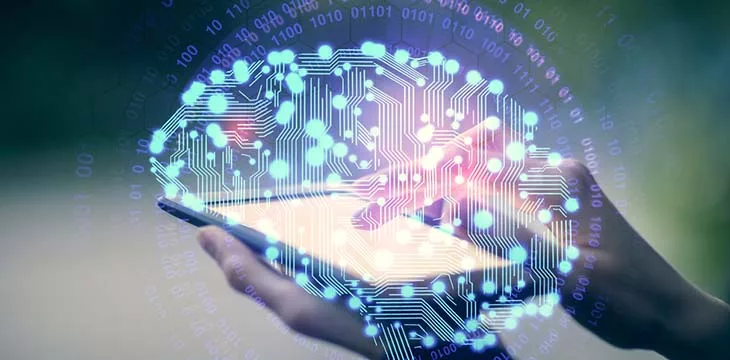|
Getting your Trinity Audio player ready...
|
Users of Microsoft’s Image Creator tool may have become the first persons to have access to OpenAI’s DALL-E 3 after digital art creators spotted new upgrades in the product.
Reddit and Twitter were buzzing with user comments as they noted advanced functionalities from the Image Creator tool via Bing. While an official statement is yet to be released by OpenAI, digital art community members believe that the new upgrade is the widely anticipated DALL-E 3.
DALL-E is OpenAI’s generative AI technology that allows users to create images via text prompts.
Tech YouTuber MattVidPro hinted that a full-scale release of the tool is around the corner, but users could get early access through Bing using off-the-books methods like lesser-known web browsers.
“We know that DALL-E 3 is capable of more in the ChatGPT [interface], but no one really seems to be getting access to that yet, but people are definitely getting access via Bing Image Creator,” said MattVidPro.
Experts say the rumored release of DALL-E 3 via Bing is plausible, given the extensive history between Microsoft (NASDAQ: MSFT) and OpenAI. As an early investor in OpenAI, Microsoft has previously announced an integration of ChatGPT into its suite of products as the lines between both entities become increasingly blurred.
The new upgrade reportedly generates advanced images in line with received input, outperforming the functionalities of DALL-E 2 by far. The company revealed plans for the new model on Sept. 20, promising advanced features and new restrictions to ensure safe usage.
“Our new text-to-image model, DALL·E 3, can translate nuanced requests into extremely detailed and accurate images,” OpenAI said.
Aside from its advanced features, the new iteration of the product has several guardrails to prevent the creation of misinformation and adult, violent, and hateful content. Unlike the dominance of ChatGPT in text generation, OpenAI faces stiff competition from text-to-image platforms like Stable Diffusion and Midjourney.
“This blows anything we’ve seen before out of the water, it’s insane,” said Youtuber MattVidPro. “Midjourney cannot compete at this level—I don’t even think Midjourney version six would be able to compete at this level.”
Deepfakes trigger concern among regulators
AI image generators have come under fire from regulators over their abilities to generate deepfakes. The US Federal Elections Commission (FEC) is scrambling new rules to regulate the use of AI-generated images in electoral campaigns as the 2024 elections draw even closer.
The FEC notes that the use of AI has the potential to mislead voters, going on to launch a consultation involving academia, AI developers, and key stakeholders. On its own accord, Google (NASDAQ: GOOGL) has rolled out a new update requiring advertisers to clearly label advertisements that make use of AI-generated imagery that “inauthentically depicts real or realistic-looking people or events.”
Critics argue that deepfakes pose grave risks to global secud can adversely affect key sectors, including the stock markets, digital currencies, and mass media.
In order for artificial intelligence (AI) to work right within the law and thrive in the face of growing challenges, it needs to integrate an enterprise blockchain system that ensures data input quality and ownership—allowing it to keep data safe while also guaranteeing the immutability of data. Check out CoinGeek’s coverage on this emerging tech to learn more why Enterprise blockchain will be the backbone of AI.
Watch: AI is for ‘augmenting’ not replacing the workforce

 12-21-2025
12-21-2025 




